Description
PNI800A is a core component in the field of industrial automation launched by ABB. It combines the essential features of a network interface module and a communication interface unit, specifically designed for harsh industrial environments. It is a key part of the Symphony Plus distributed control system and the AC 800M programmable automation controller system. Below is its complete product information:
Features
1. Multi-protocol compatibility and flexible integration: Supports multiple interface types including Ethernet, serial communication, and fiber optic communication; compatible with mainstream industrial communication protocols; can seamlessly connect with PLC, HMI/SCADA, MES systems, and third-party brand devices (such as Siemens ET 200, Rockwell devices), breaking down information silos.
2. High reliability and harsh environment adaptability: Industrial-grade design has passed EMC testing certification, providing strong anti-interference, surge protection, and lightning protection capabilities; wide operating temperature range, high protection level, and redundant power design ensure stable operation in harsh environments such as extreme temperatures, humidity, and dust.
3. High-speed real-time data transmission: Supports high-speed Ethernet and fiber optic communication to meet industrial automation real-time control, bulk data acquisition, and remote monitoring requirements; fiber optic transmission distance can reach up to 60 km, and the maximum electrical bus length is 50 meters (adjustable according to baud rate).
4. Convenient management and maintenance: Built-in Web server allows viewing module status, configuration parameters, and diagnosing faults via a browser; equipped with an intuitive control panel and dual-color LED indicators, supports SNMP network monitoring, timely fault alarms, simple installation and configuration without the need for dedicated software for rapid deployment.
5. Redundancy and self-healing protection: Supports PN800 line redundancy and dual-fiber ring self-healing topology; network link can be reconstructed within 15 ms in the event of fiber failure to ensure continuous communication; logically independent dual-bus design enables electrical interface backup or single-device access to a dual-redundancy system.
Widely applied in all scenarios of industrial automation, with core industries including:
1. Manufacturing: production line control, process monitoring, data acquisition, machine vision, discrete/analog process control, automotive manufacturing, textile production;2. Energy and power: energy monitoring and optimization, auxiliary system control for power plants, networked power transmission equipment;3. Petrochemical and water treatment: process control and monitoring, interconnection of oil and gas extraction equipment, communication for water/wastewater treatment systems;4. Transportation and building automation: traffic signal control, vehicle monitoring, building energy management, lighting control;5. Other industries: food and beverage processing, pharmaceuticals, metallurgy, building materials, and other scenarios requiring multi-device interconnection and real-time data transmission.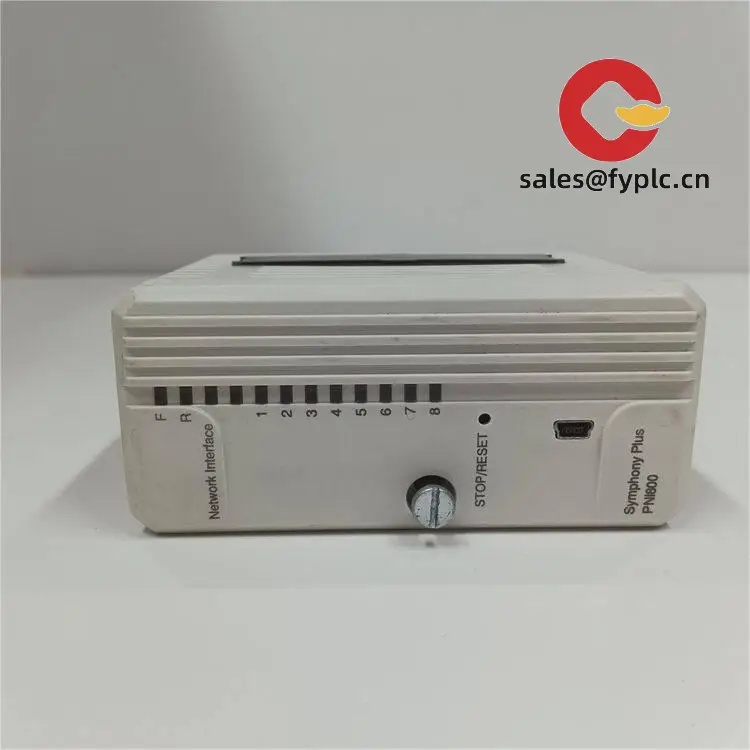
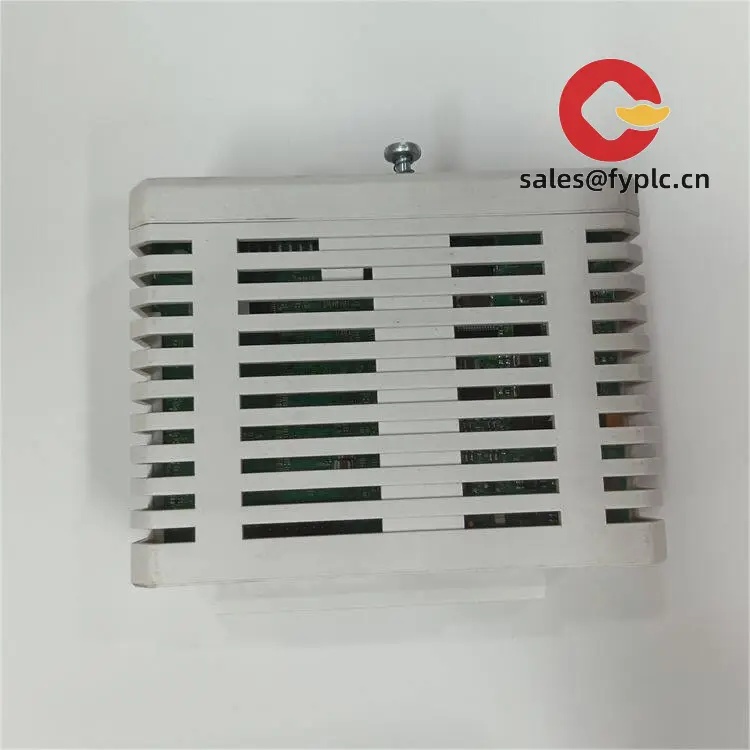

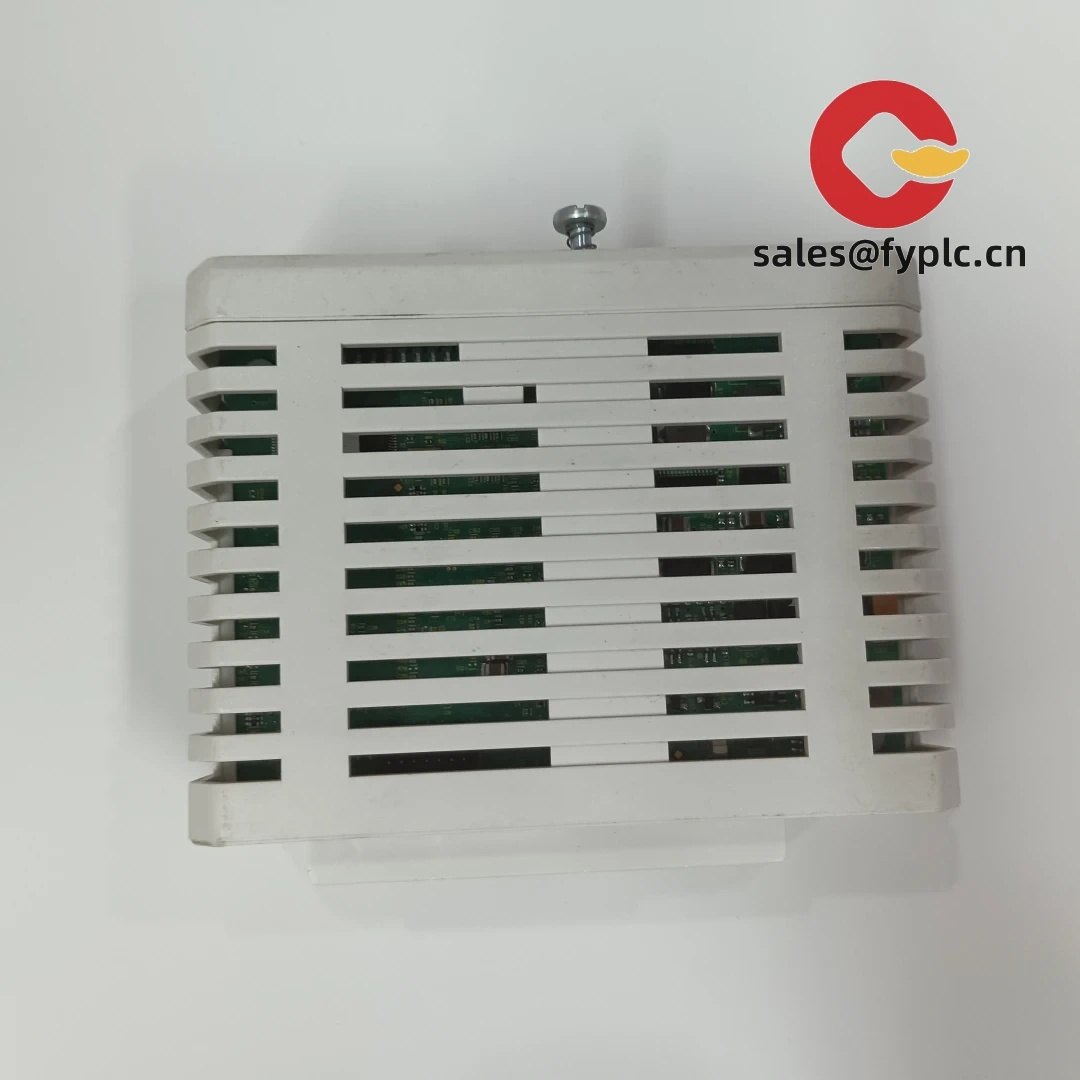
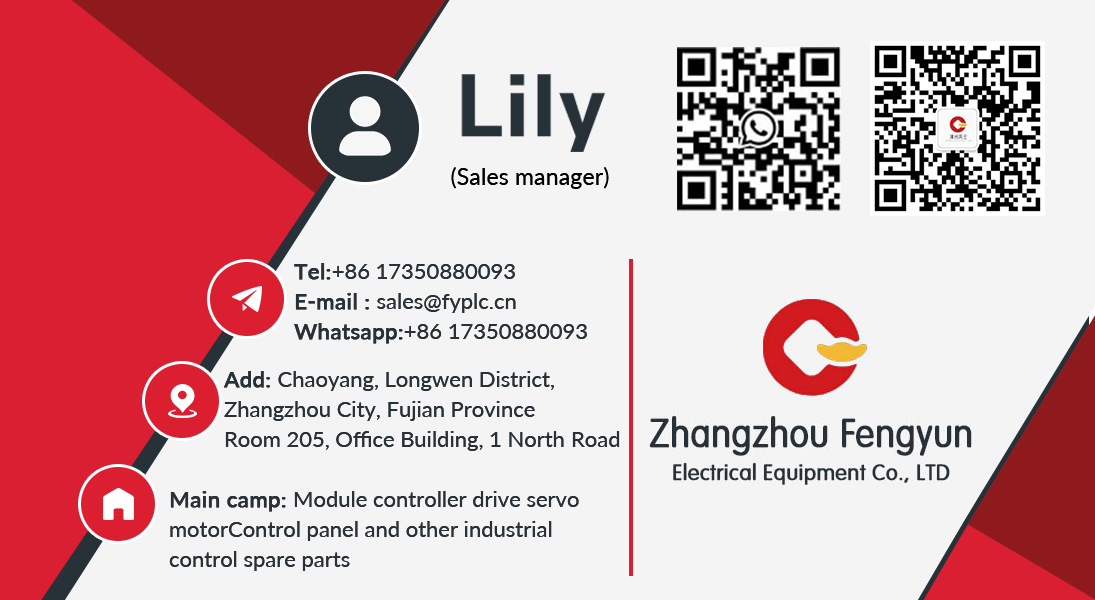
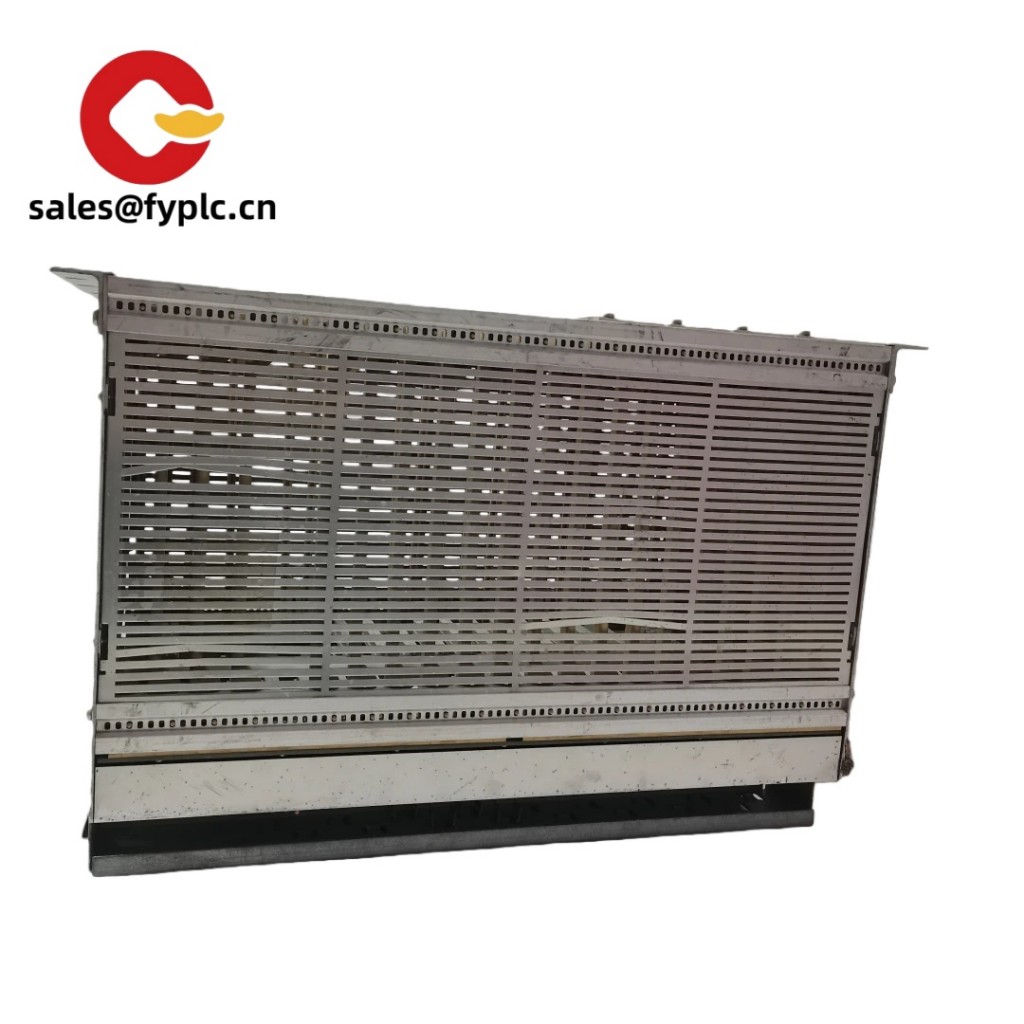
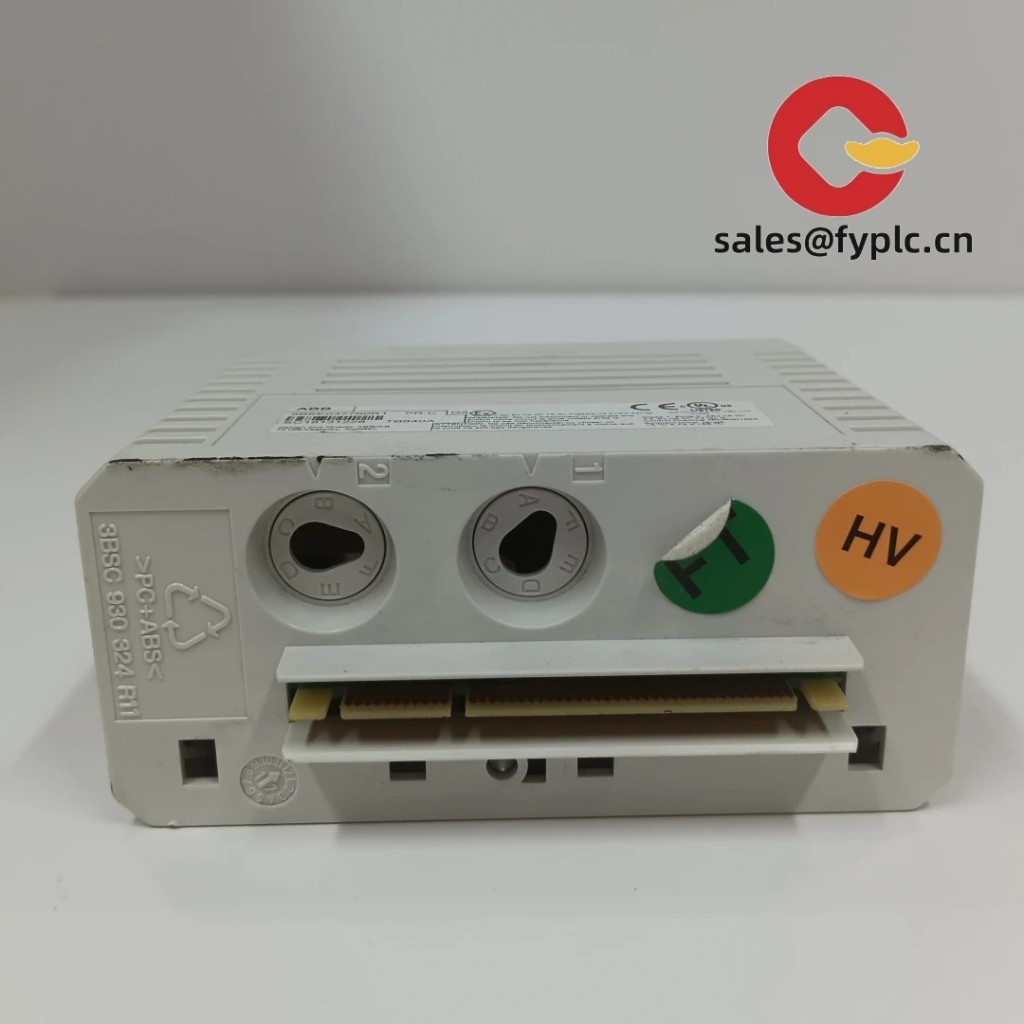
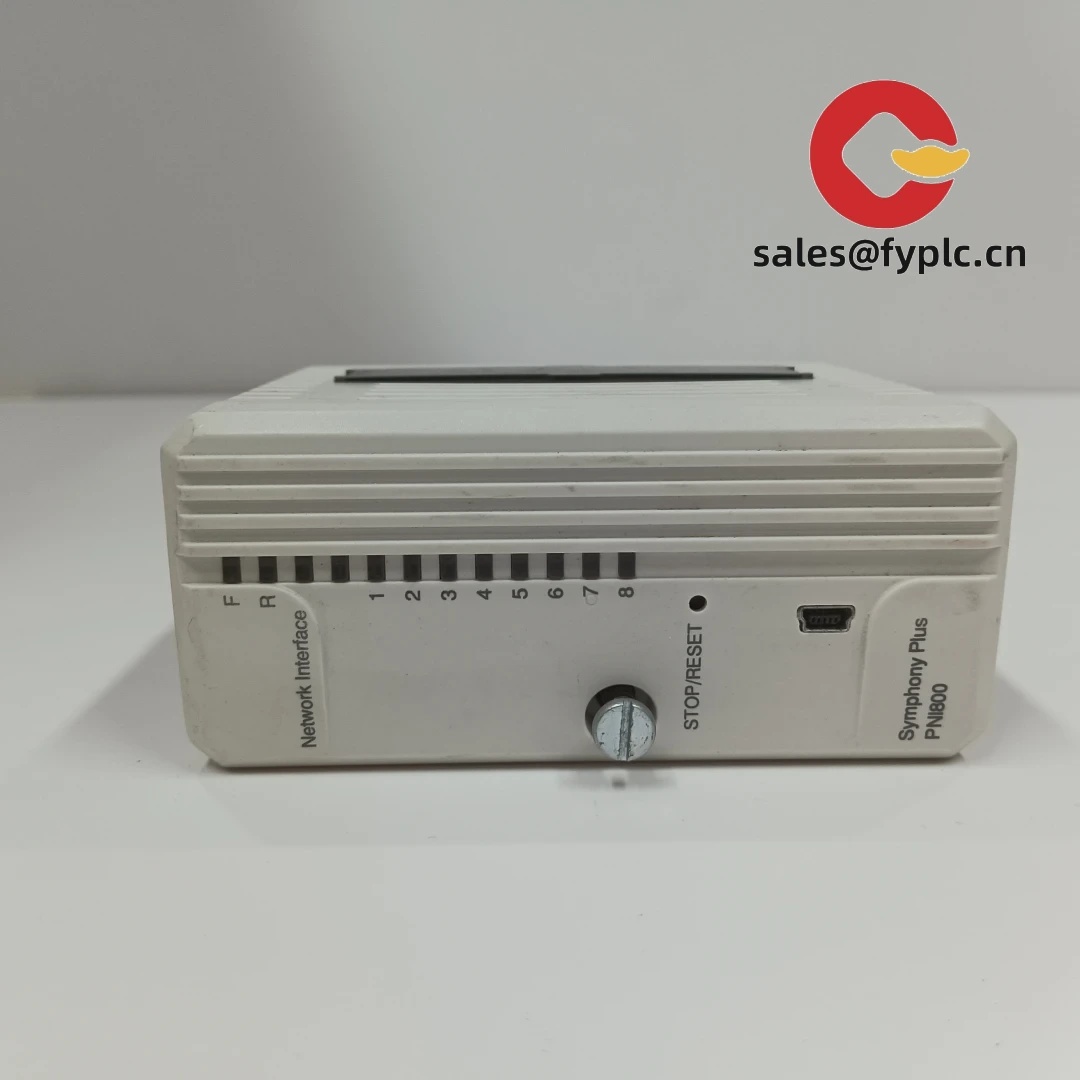
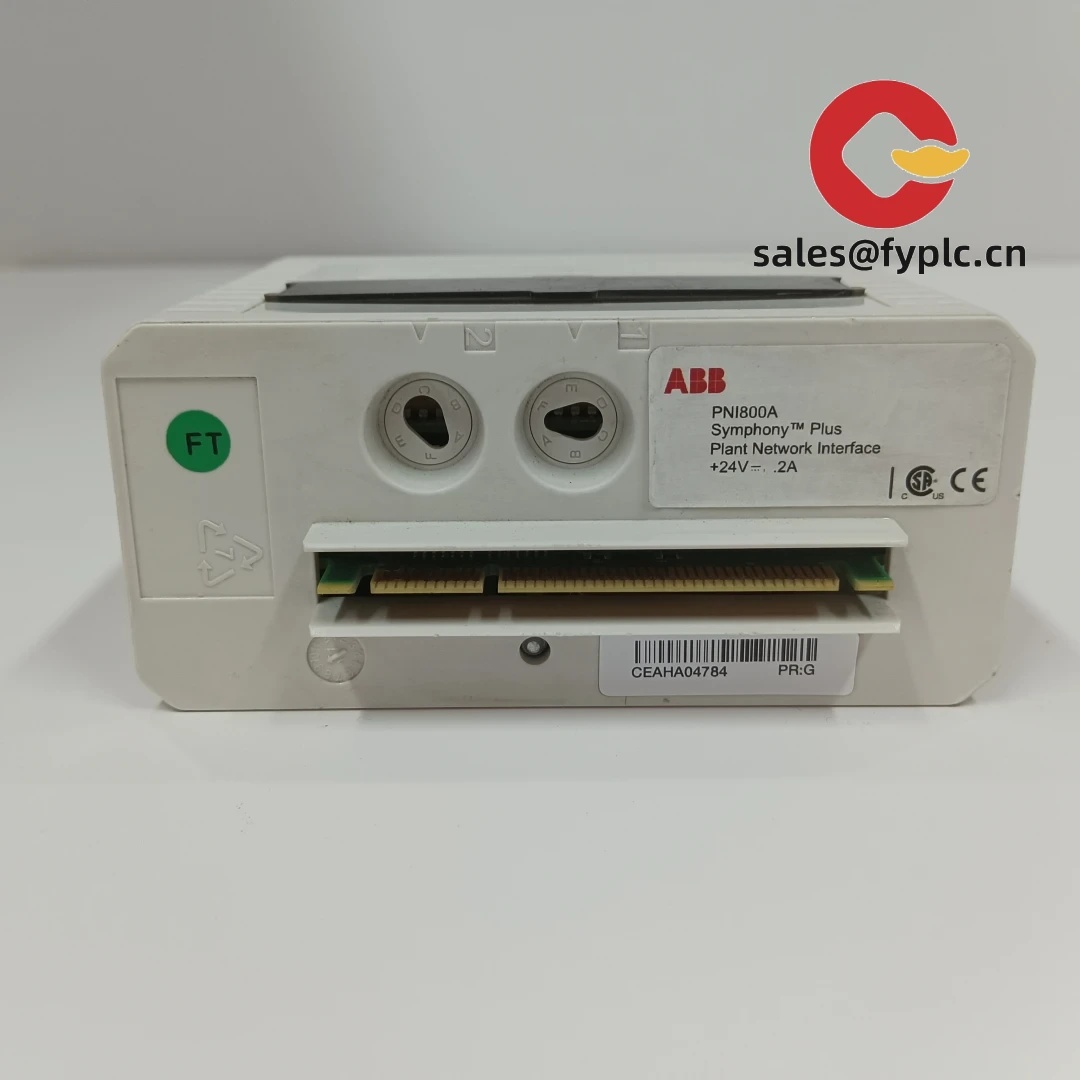
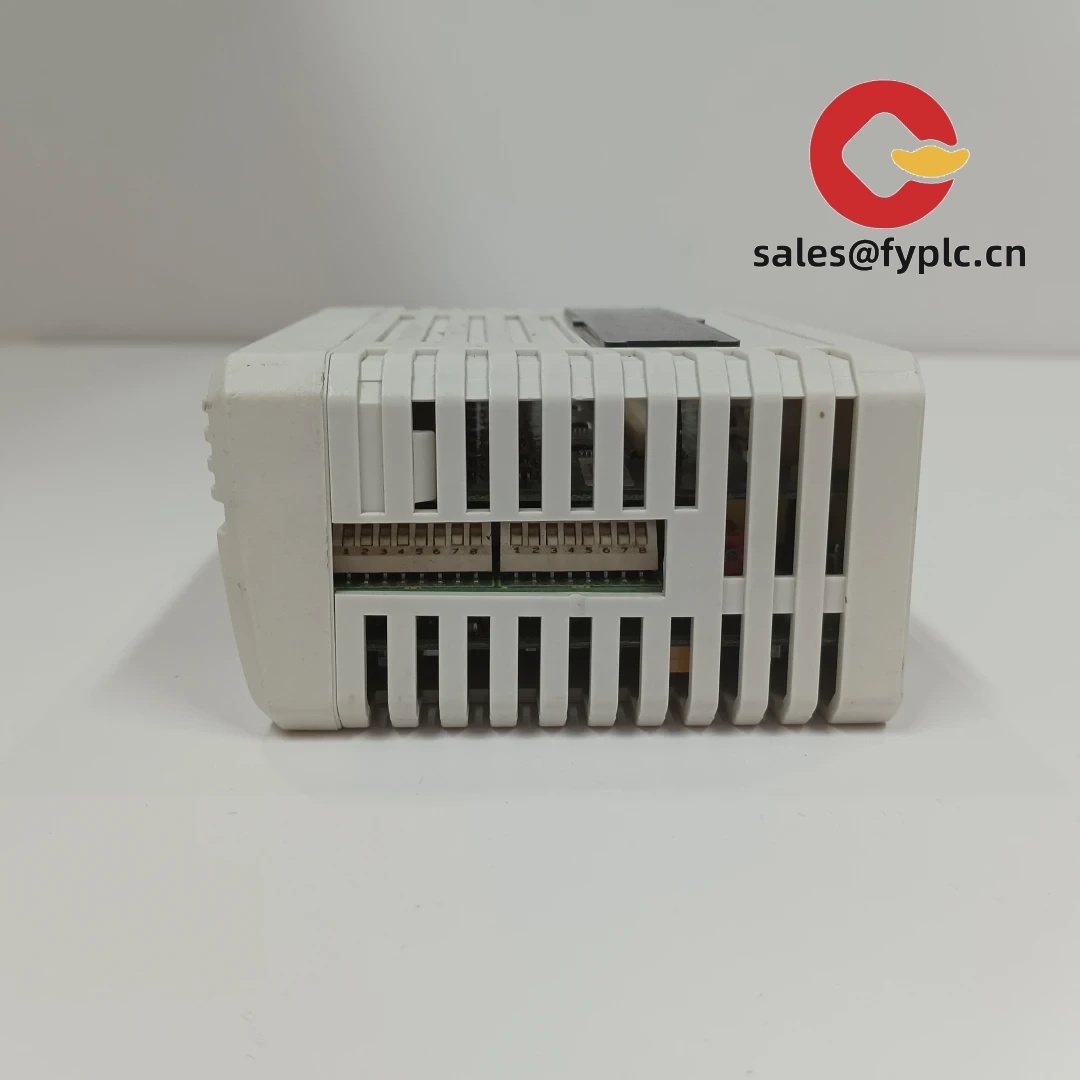


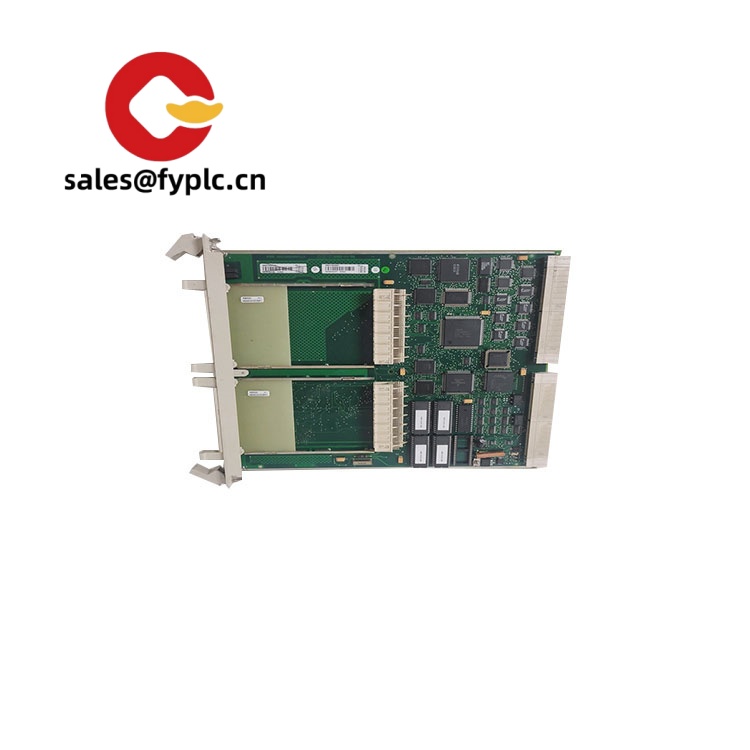
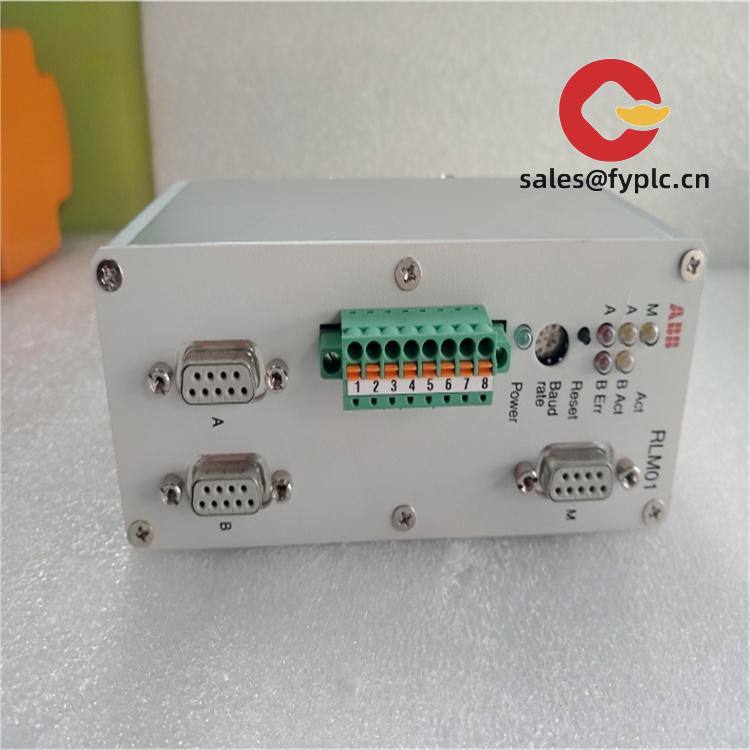
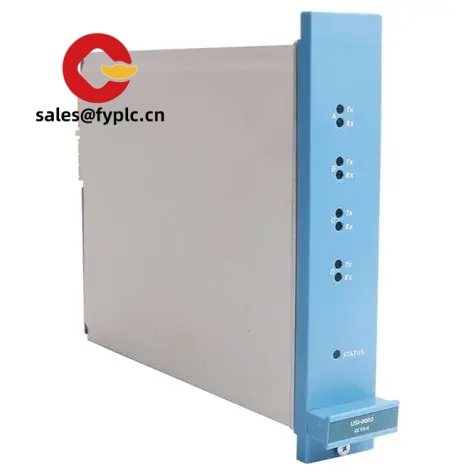

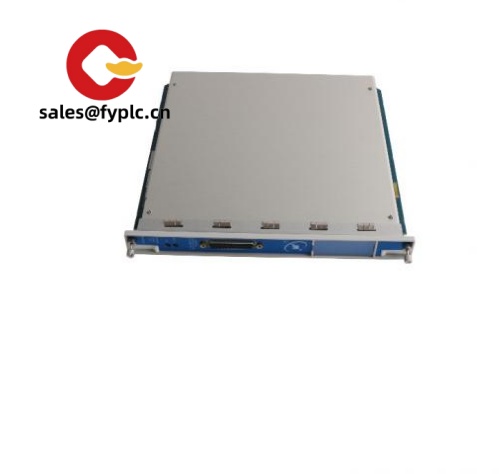



Reviews
There are no reviews yet.